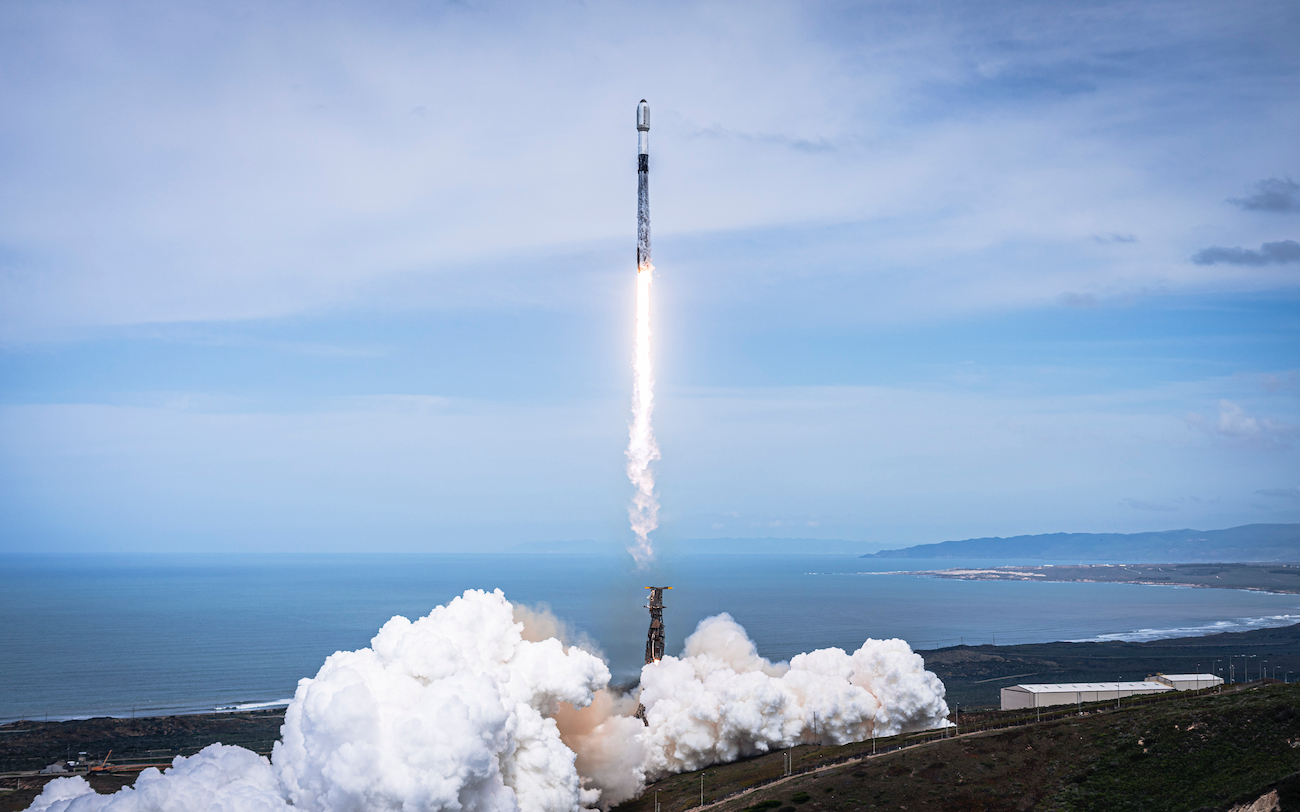
According to a statement given to CNBC, earlier this month the Space Force purchased services on SpaceX’s new Starshield constellation. This is the first contract SpaceX has gotten for its government focused service it has yet to share much about publicly.
Space Force interested in SpaceX’s Starshield
In a statement given to CNBC by the Space Force, the newest military branch purchased a year worth of service of SpaceX’s Starshield constellation. The contract is worth a maximum of $70 million, however we don’t have much on what the Space Force is getting from the satellites.
This was SpaceX’s first contract of its new Starshield service, a purpose built constellation for military use. Outside of that, we don’t know much else of what this service will do for the DoD or whoever else decides to purchase it. However, it is based off of SpaceX’s Starlink satellites which has been eyed by DoD officials for use and is currently in heavy use in Ukraine in its fight against Russia’s invasion.
SpaceX of course isn’t a stranger to contracts with the defense department. It has been launching highly sensitive satellites for the Air Force, Space Force, and National Reconnaissance Office for years. The company is currently waiting to compete and earn more of these missions within the newest National Security Space Launch phase of contracts. This year it looks like the DoD will add a third provider to the bigger Lane 2 missions.
Elon Musk’s space company has even gotten into the satellite manufacturing business for the government. Separate from Starshield, SpaceX gained a contract to build satellites for the Space Development Agency’s Tranche 0 Transport and Tracking Layer satellites. Starshield will be separate than these satellites.
Concerns with Musk’s intervention in Ukraine
Since the start of Russia’s invasion of Ukraine early last year, SpaceX’s Starlink service has been a lifeline for millions in the country. After Russia severed communications lines and jammed usage of other satellite services, Musk offered to give the country thousands of terminals at no cost.
Starlink has since become an essential tool for Ukraine’s military to continue communications open nation wide. The service has also been used to communicate and operate drone strikes deep into Russian occupied territory. What was once Ukraine’s fateful attempts to defend its sovereignty has now come 180 as the country, backed by western nations, pushes Russia back.
In an excerpt from Walter Issacman’s latest biography on Musk he talks about a moment he decided not to provide service to Ukraine. In September of 2022 Ukraine asked for Starlink service to be extended in the Crimea peninsula, which Russia has occupied since 2014, for a surprise attack on Russia’s Navy. Musk refused to do so in fear of dragging SpaceX directly into the war.
How am I in this war? Starlink was not meant to be involved in wars. It was so people can watch Netflix and chill and get online for school and do good peaceful things, not drone strikes.
Elon Musk to Walter Issacman in his new book, elon musk
This unprecedented power Musk had over use of Starlink in Ukraine has brought concerns at the DoD to better clarify the responsibilities of its contracts when purchasing services. Since SpaceX was not under any specific contract with the US or Ukraine for these services, many asterisks were placed on Musk’s generosity. Many other Ukrainians have shared that their Starlink service to not work when operating in land held by Russia and rebels from before the February 2022 invasion.
While the DoD has since begun funding Starlink’s use in Ukraine, perhaps Starshield is the future answer to defense use of on-orbit communications by SpaceX. It would provide a separation between Musk’s peaceful service and one that allows militaries ample operating space during war.
FTC: We use income earning auto affiliate links. More.


Comments